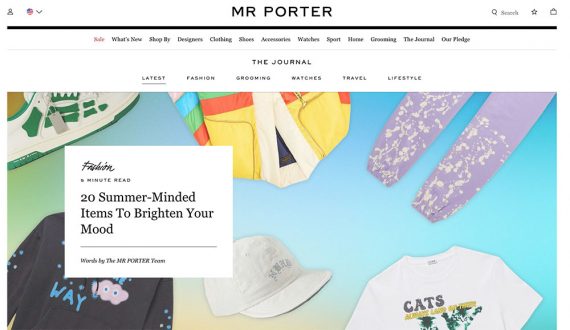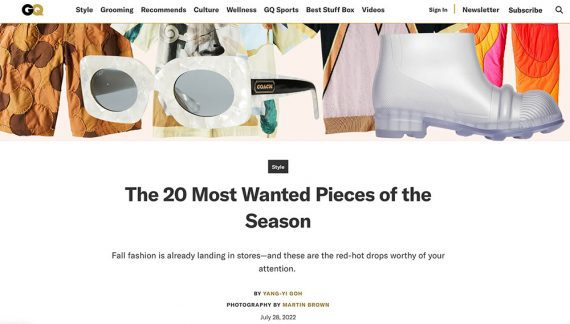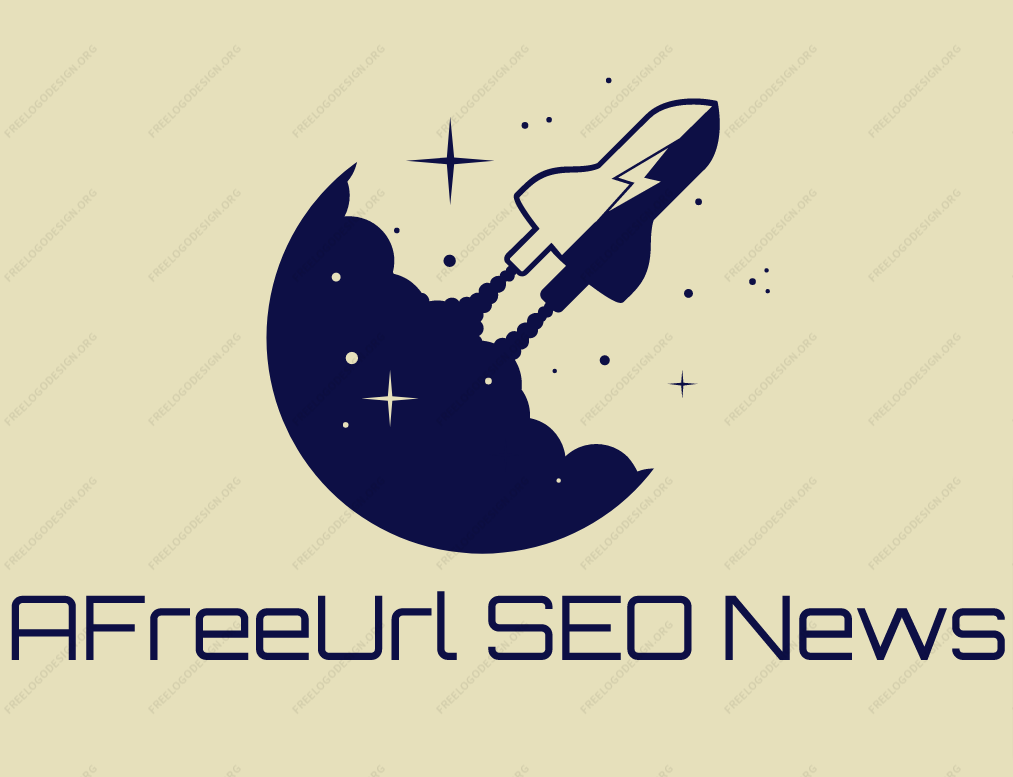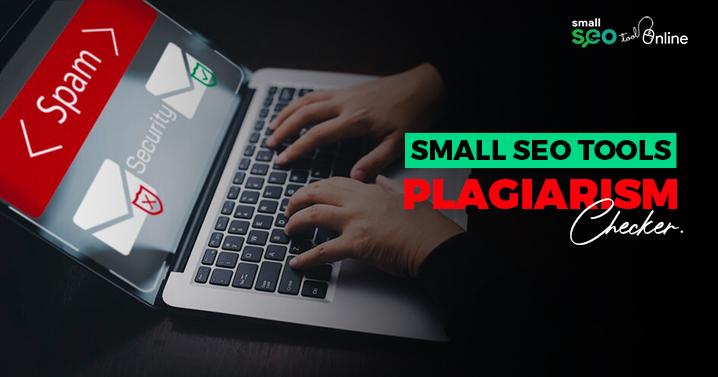
Editorial newsletters are having a moment. For content marketers, this apparent renaissance can be an opportunity to attract an audience and attract subscribers.
The creator economy has produced several email newsletter stars, including Packy McCormick and Sahil Bloom. These creators and others (podcasters, social networks) have strong connections with their readers, some of whom even pay to subscribe.
Creator newsletters differ from what you might receive from a publisher because they have a personal quality. It’s similar to the relationship between a TikTok influencer and her audience or Eric Bandholz’s connection with his audience on the “Ecommerce Conversations” podcast.
These newsletters don’t just inform the reader about something. They express a personal point of view.
Content marketers who don’t want to build a personal brand can use some of these approaches to attract, engage, and retain an audience of customers and prospects.
The New Blogs
Content marketers are familiar with blogging, a staple of search engine optimization and engagement.
Menswear retailer Mr. Porter publishes “The Journal,” which readers might describe as a blog. In some sections, it’s barely distinguishable from GQ magazine. For example, a publication by Mr. Porter titled “20 Summer Items to Brighten Your Mood” is similar to the GQ magazine article, “20 Most Wanted Pieces of the Season.”
“The Journal” by Mr. Porter could be described as a blog, but it is also a multi-authored publication, similar to a traditional publishing house.
—

GQ magazine, first published in 1931 in print form, has several articles, especially online, that differ little from “The Journal” of Mr. porter
Blogs (short for “weblogs”) were once personal journals of individuals. Posts might cover search engine optimization in one installment and a favorite vacation spot in the next.
This style is what many creator newsletters are doing now.
Think Sahil Bloom. His newsletter, “The Curiosity Chronicle,” is a mix of business philosophy, ideas, and personal information. It has almost 110,000 subscribers.
Its issue of July 27, 2022 was about “razors.”
“A ‘razor’ is a rule of thumb that simplifies decision-making,” Bloom wrote.
“The origin of the term comes from philosophy, where any principle that made it possible to quickly eliminate improbable explanations or avoid unnecessary steps was called a philosophical razor. A razor literally allowed its user to ‘shave’ explanations or actions,” Bloom continued .

Bloom’s newsletter is informative and professional. It reads like a long newspaper column.
In her May 18, 2022 edition, Bloom offered a number of suggestions for setting goals, but she began by introducing readers to her newborn son.
He wrote: “Welcome to the newest and most important member of the tribe of curiosity who joined us since Friday: my son, Roman Reddy Bloom. I spent the first 30 years of my life trying to find the meaning and purpose of all of it. Then one day he looked at me again. My new best friend.”

Bloom shared a milestone in his personal life with his readers. His son has made subsequent appearances in the newsletter.
The New Opportunity
Brands can adopt the creator newsletter concept to create an additional channel of engagement while collecting email addresses. Here are some ways to get started.
Use personality. Consider using people, such as company founders, as the face of the newsletter. It includes personal experiences and anecdotes in addition to useful editorial content. When it lands in someone’s inbox, the newsletter should look like it’s from a friend. Readers follow the author.
Give context and value. More often than not, creator newsletters offer more than just an introduction or product idea. James Camp, the creator of the Nano Flips newsletter, covers business tactics and acquisition opportunities. Your readers probably value your newsletter for the helpful advice they receive.
Write for the medium. Write first for the newsletter. Don’t write a blog post to link from an email. The newsletter is the medium. Publish to a website as a secondary goal.
Be consistent. Newsletters for successful creators are consistent. They are published on a schedule. The newsletter is an appointment to the reader’s inbox. Don’t miss the appointment.
Use the list for promotion as well. While it should be personal, relational and useful, an e-newsletter is also a marketing device. Include promotional messages. Use the Pareto Principle and aim for an 80/20 ratio of editorial and promotional content.
[ad_2]
Source link




